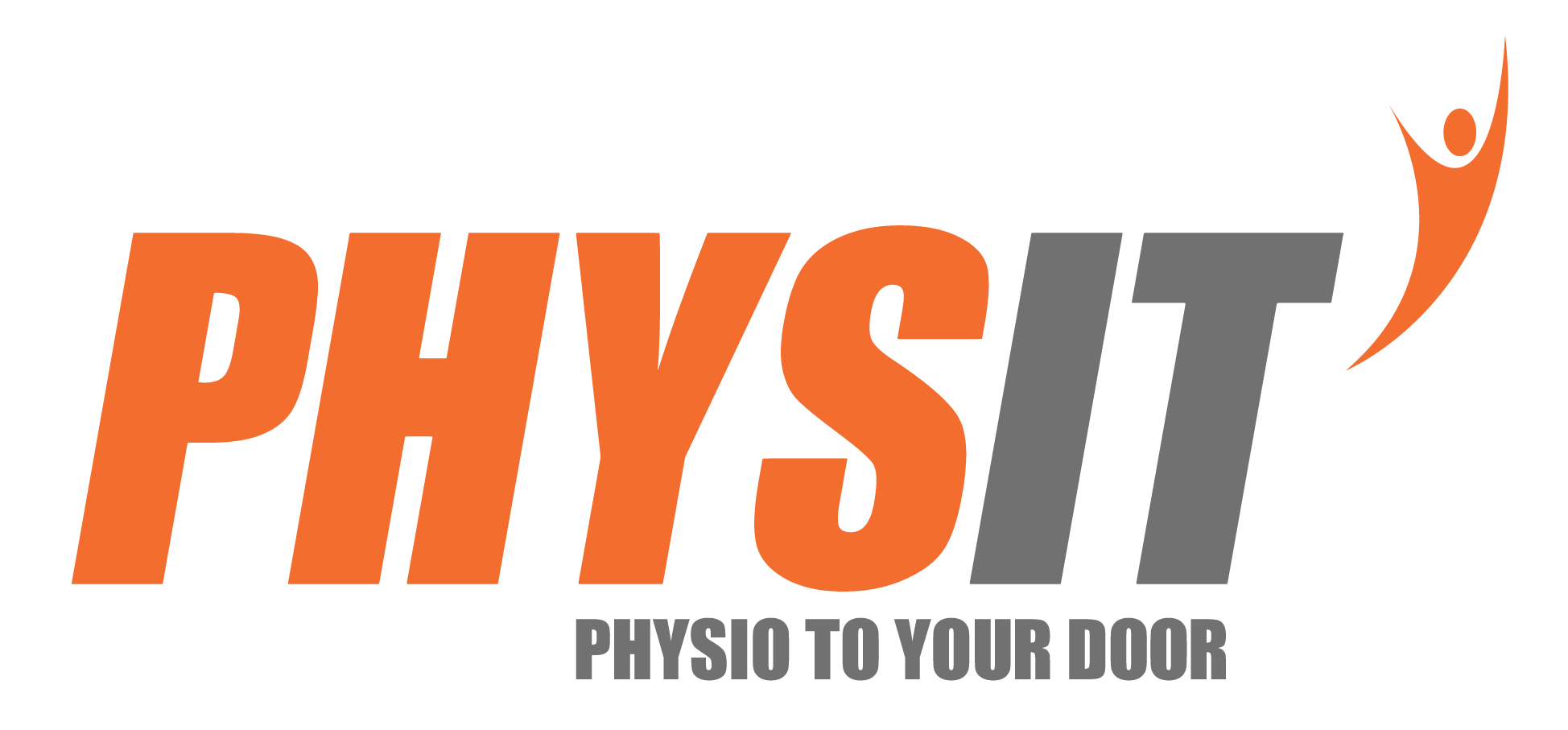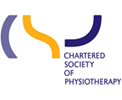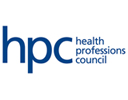
The WRFU Rugby Academy recovering after a midweek game, 7am in Oriental Bay, Wellington, NZ.
Recovery – the better you recover, the more you can train and therefore the better you perform. My key focus with recovery is around planning and prep. I find I’m more likely to actually do the right thing if everything’s written down (planned) and on hand (prepped) so that when I’m burnt out after a gruelling session, there’s no thought required.
The goal of this blog is to break down the 3 elements I look to cover that enable effective recovery post exercise or sport. These are nutrition, sleep and movement. The resources below are what I’m currently using and specifics are likely to change over time. It’s important to remember is that there’s no one size fits all recovery process.
1. Nutrition
“Invest in yourself”
Nutrition is paramount in recovery, what you put in is what you get out. The saying “invest in yourself” refers to financial input, time and motivation required to make this attainable. The following information has been given to me personally by nutritionists but I’d recommend seeking your own professional advice.
There are two aspects I think about with recovery nutrition:
- Two stage approach. Meaning immediately after and then within two hours post exercise. The more I seem to plan and prep the more likely it is to happen (e.g. having items on hand immediately after, and planning a meal to have ahead of time).
- If you can tick off or follow the following four R’s in each of the timeframes above you are able to cover a broad spectrum of the nutritional requirements needed to recover:
Refuelling with carbohydrates.
Repairing with protein (ideally some form of animal based protein, for leucine).
Replacing fluid.
This is a slightly contentious point if you’ve heard Tim Noakes talk before. He would say that dehydration is to some extent a myth and doesn’t affect performance. I take a more relaxed approach and don’t force myself to hydrate but always have fluids available. You can go to the extent of weighing pre and post exercise to gauge how much fluid loss, there are guidelines on the web available for this (it’s generally 1.5 x lost mass).
(https://www.youtube.com/watch?v=97q1YCXmM9c)
Reinforcing your immune system with vitamins and minerals for cellular repair pathways.
So what does all of this look like?
Immediately post exercise:
- Choc milk
- Muffin
- Nuun tablet
Example and reference from a high performance setting:

Note – You’ll see chocolate milk is in each of these, it covers all the 4 R’s (Carbs from sugar, protein and calcium from milk and it’s a fluid). It’s also relatively cheap and comes in a pre-packaged serving.
Within two hours:
- A balanced meal depending on my goals at the time.
Example from a high performance setting:

Here’s the source for both these pics (it’s a great nutritional resource):
2. Sleep
“Aim for 10, hit 9, beat 8”
This saying is fairly self-explanatory when you think about it. I find consistency with a pre bed routine helps me achieve this.
Note: This saying is from Dr Richard Swinbourne (now based at Singapore Institute of Sports but previously worked throughout rugby in NZ including Hurricanes, NZ Sevens and All Blacks) and his work is worth further research if you are interested in delving in further.
The strategies I use are:
- De-power hour (no screen time or with blue light restriction, planning for following day, dimmed light, reading, relaxation)
- Sleep monitoring app to keep track of bedtime/waking consistency only (they’re still proven to predict sleep quality accurately).
- Napping – research suggests that either 10-30 mins or 90 mins are most effective.
- Supplements: I’ll use dairy protein, fibre, tart cherry juice, ZMA and kiwifruit about 60-30 mins before bed.
References:
Blue light restriction:
Planning:
- Swipes
- Grid diary
- 5 min journal → FYI, they have a great blog too
Reading: Kindle – Doesn’t emit blue light (from what I’ve been able to find) and the backlight is very low powered compared to iPads etc.
ZMA: Still searching for a decent supplement, there’s plenty out there.
3. Movement
This is to prevent or relieve post exercise soreness.
I don’t have any specific guidelines for this but there’s a few things I suggest to people:
- Do you enjoy doing it?
- How much does it load your body?
The more of 1 and the less of 2 the better. In saying this, there’s still not any hard evidence to back up the time we spend static stretching or performing active recovery.
My understanding is that it’s most certainly not lactic acid that’s causing you to be sore after exercise but more likely to be microtrauma to muscles. Research Delayed Onset Muscle Soreness (DOMS) for more info on this, I’m going to expand on it much further.
To explain further for what I suggest, for number 1: the more you enjoy doing it the more psychological benefit you’re going to receive but practically you’re more likely to actually do it. ‘Load’ refers to stress to your musculoskeletal system. As a general rule, more eccentric stress=more load (Eccentric stress comes from controlling/lowering heavy loads for example heavy impact with the ground/running or lowering a heavy squat down to the bottom position).
To prevent DOMS:
Cold water immersion:
“Whole-body immersion lasting 10 to 20 minutes at a temperature of 12 to 15°C”
See below for details and references to this figure:
http://www.aspetar.com/journal/viewarticle.aspx?id=180#.WD4CR6J96Rs
Compression garments:
I find everything above this more effective (the evidence is likely to back me up when it comes out but that’s hard because good luck finding a placebo sets of ‘skins’). I have to have done everything else above first, then I can put on some skins.
To relieve DOMS:
The more movement with the least stress on your musculoskeletal system the more effective the activity, that’s why recovering in the pool is widely used. It’s also why I’m not adverse to stretching or yoga for recovery because people might enjoy yoga and it gets them moving.
That’s my thoughts on general recovery strategies.






